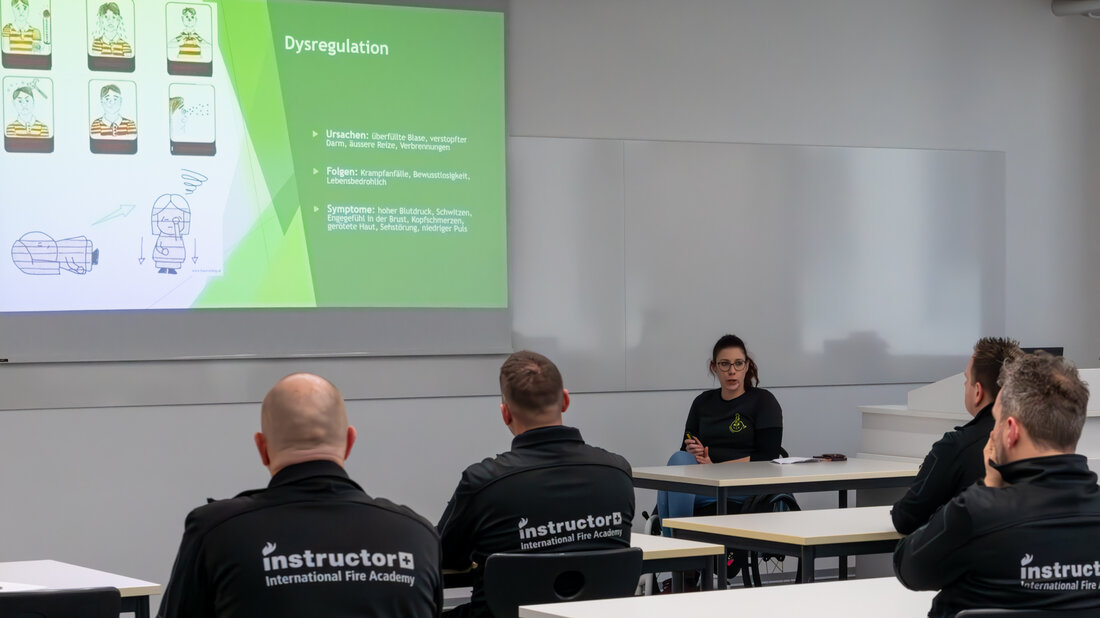What is particularly important when rescuing people with physical disabilities from vehicles? Paraplegic Michaela Vogler and her team provided answers to this question at the 2025 advanced training for instructors at the International Fire Academy. The key insight was: Whenever possible, talk to those affected - because only they can say what the right course of action is.
WheelchairRescue – Do the right thing at the crucial moment
Michaela Vogler is a member of the Alpnach fire service. She has been paralysed since a domestic accident «but is still active in the fire service, even if no longer on the front line». When she looked at the work of fire services from the perspective of a person with paraplegia, which was new to her, she realised «that firefighters have little knowledge of the additional challenges involved in rescuing people with disabilities during deployments». That's why she founded the start-up WheelchairRescue, which raises awareness of the topic and instructs emergency medical services, fire services and similar organisations.
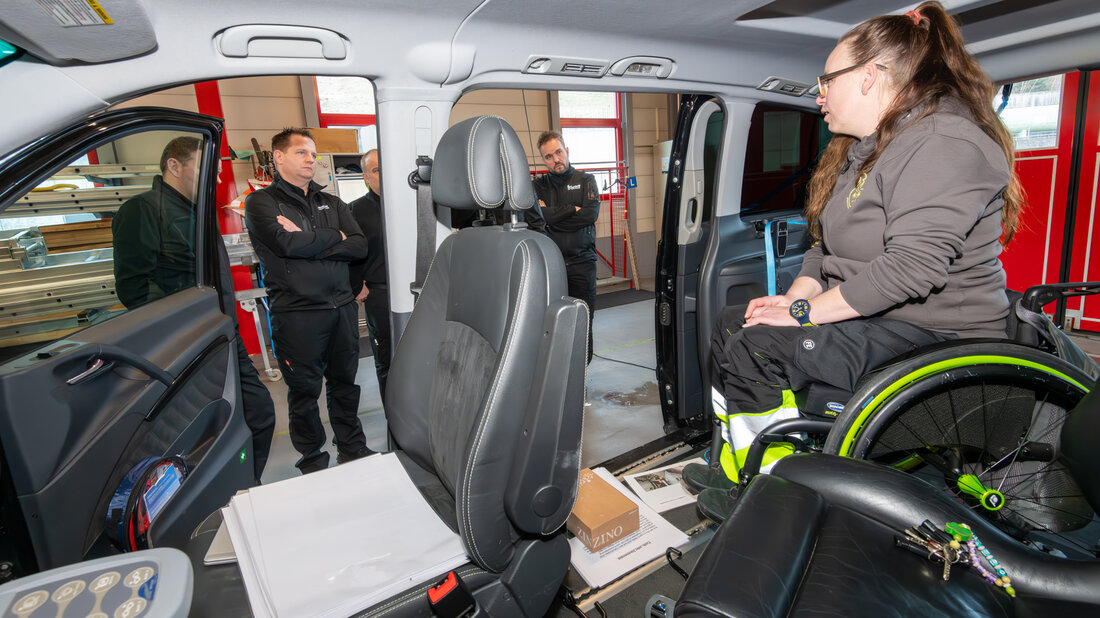
Biggest problem: Too little space for people in wheelchairs
One of the most common problems for people in wheelchairs is the lack of space, as Michaela Vogler demonstrates with her vehicle: To escape, she has to rely on her wheelchair. She has to extend the ramp at the rear to get out of the car with the wheelchair. If the tailing vehicle is too close, there is not enough space. Consequences for search & rescue: Always expect that people with disabilities will not be able to get out of their vehicles.
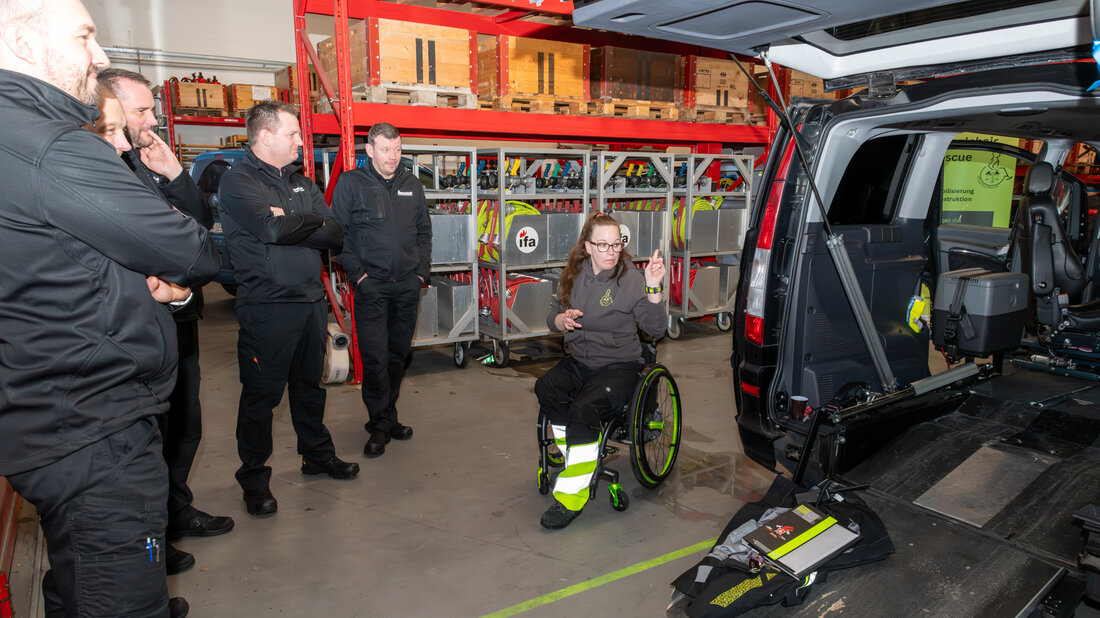
Extreme caution when rescuing people with disabilities
If people with disabilities have to be extracted from a vehicle, extreme caution is required. People with paraplegia cannot feel their legs and are, therefore, unable to recognise when they are trapped or come into contact with hot components, for example. For this reason, emergency personnel should - whenever possible - discuss with those affected what needs to be done and how. They should also ensure that catheters, oxygen supplies or other connections to medical equipment are not accidentally torn off. An injury resulting from such a tear can lead to months of hospitalisation. The reason is because injuries in the area of paralysis heal very slowly.
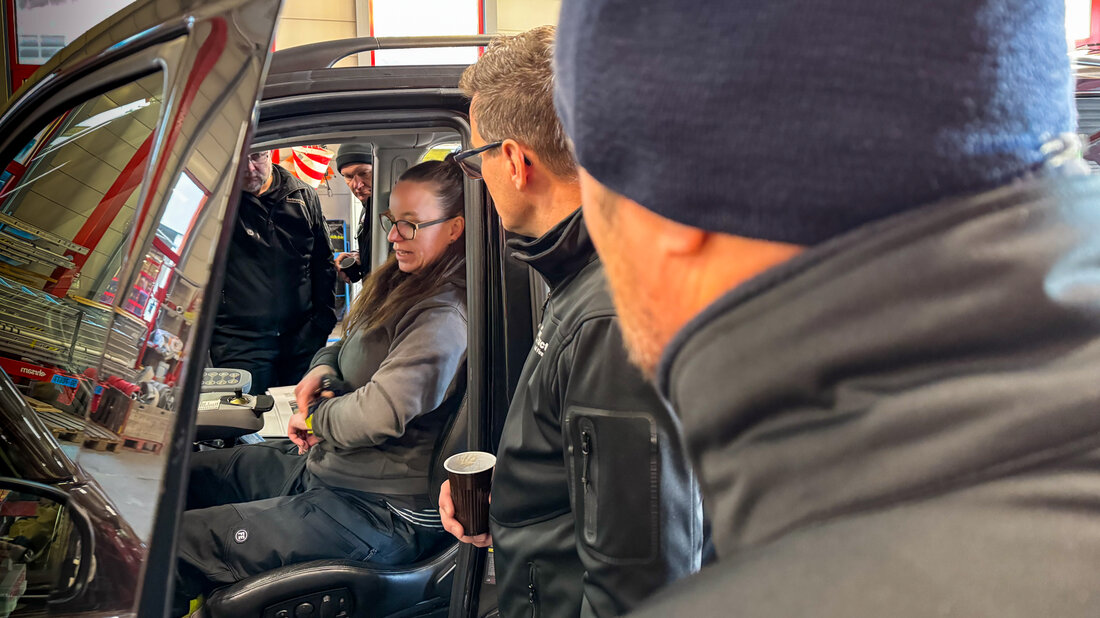
Always rescue with the wheelchair
If possible, people with disabilities should always be rescued with or in their wheelchairs, as they are dependent on it even after the rescue operation. So, it is not enough to get people with wheelchairs out of the immediate danger zone. They must be able to move on from there themselves. It should, therefore, also be ensured that the rest of the way does not end at insurmountable obstacles such as steps or lead into a gravel path, as Ueli Wallimann from the WheelchairRescue team explains. In addition, pressure points are to be prevented during handling. If the to-be-rescued person can sit in the wheelchair with their customised seat cushion, this issue has already been resolved.
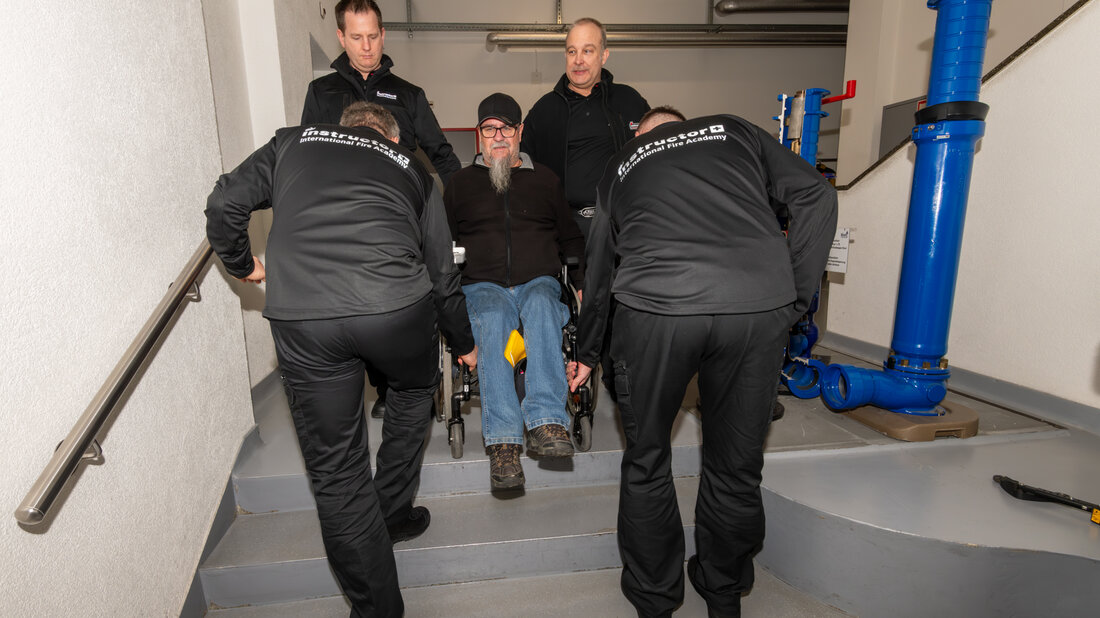
To develop a feel for obstacles for wheelchairs
It's hard to describe just how challenging it is to get around in a wheelchair, but it's easy to experience when you try it out for yourself. Just a few minutes of riding in a wheelchair were enough for the instructors to learn that doors, ramps and even small door thresholds can be impassable obstacles or at least require a great deal of skill and strength.
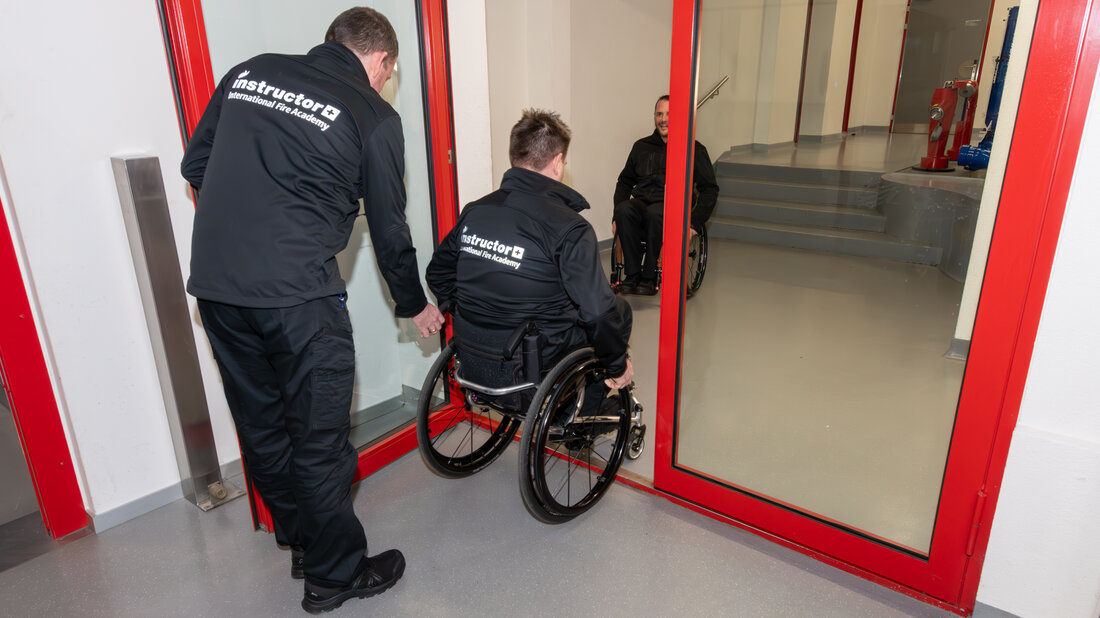
Features of customised vehicles for people with disabilities
Vehicles for people with disabilities have some unique features. The foot pedals cannot be operated, so the vehicle is accelerated and braked using a joystick. The consequence is that the right hand is constantly constrained and cannot be used to reach around the steering wheel. That is why the steering wheel is fitted with a knob: a sure indication of a modified vehicle.

Otherwise, modified vehicles are usually challenging to recognise as such from the outside. But they are not uncommon. Michaela Vogler estimates that there are around 6 500 customised vehicles in Switzerland alone, and hundreds more are added annually.
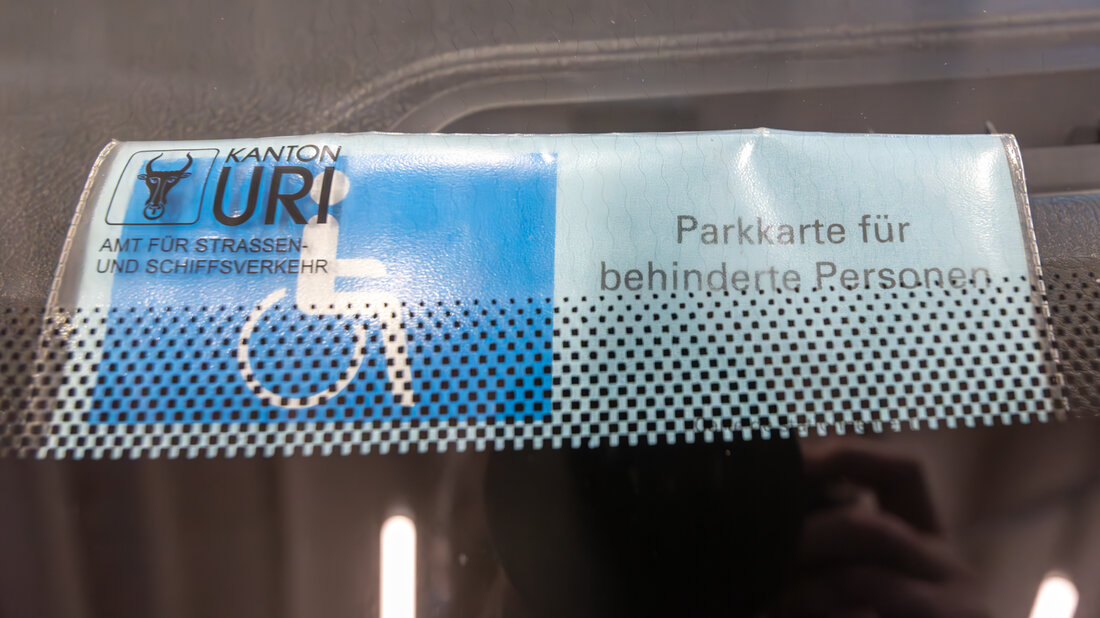
Every nerve fibre represents a piece of quality of life
The WheelchairRescue team included Angela Fallegger, who used her own experience to show that paralyses resulting from spinal injuries or diseases can vary significantly in severity. The decisive factor is at what level of the spine and how severely the nerve fibres are damaged. If not all fibres are severed, partial functions remain below the level of the injury, for example, the ability to tense the leg muscles slightly. It makes the difference as to whether you can still put on your trousers because the leg is uncontrollable and «can hit you in the face when you pull up your trousers, for example». Seen in this light, each nerve fibre represents a quality of life that can be lost or retained. Therefore, it is why it is so vital to reposition and transport recently injured people (i.e. not just people who already have a disability) as carefully as possible.
